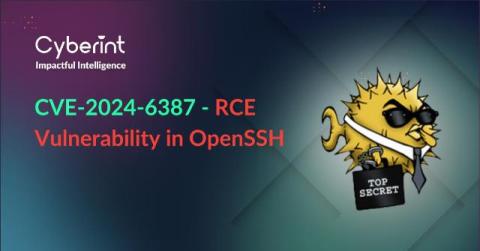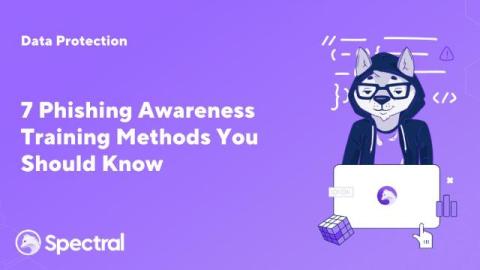Cybersecurity Best Practices for SOX Compliance
The Sarbanes-Oxley Act (SOX), enacted by the United States Congress in 2002, is a landmark piece of legislation that aims to improve transparency, accountability, and integrity in financial reporting and corporate governance. The act was a response to high-profile corporate scandals, such as those involving Enron, WorldCom, and Tyco International, which shook investor confidence and underscored the need for regulatory reforms to prevent corporate fraud and protect investor interests.











